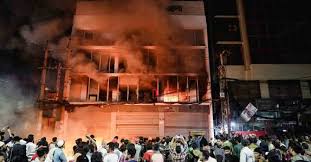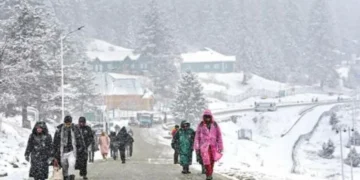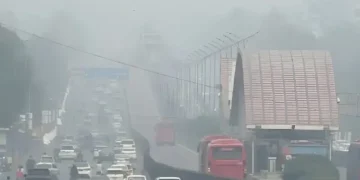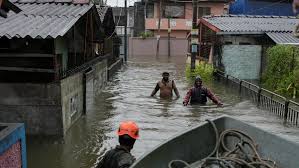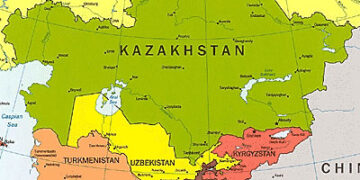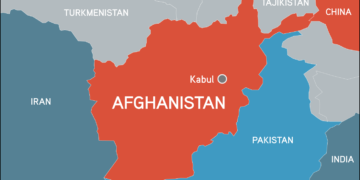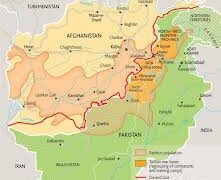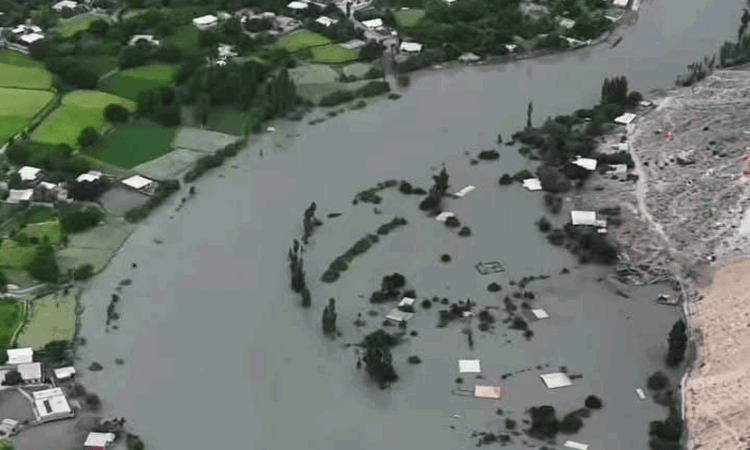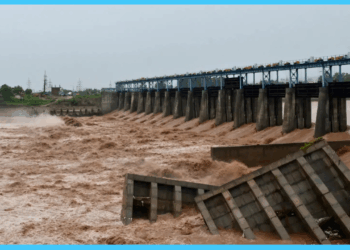ISLAMABAD; The glacial lake that formed in Gilgit-Baltistan’s (GB) Ghizer district after a recent outburst has now reduced to around 40 feet in size and poses no immediate threat to downstream communities, a government spokesperson said on Sunday.

A glacial lake outburst flood (GLOF) occurs when water is suddenly released from a glacial lake, often causing destructive floods downstream. The latest incident took place early Friday morning in Talidas village of Gupis Valley. Thanks to a timely warning from local shepherds, at least 200 residents were safely evacuated before the floodwaters struck.
“For now, there is no danger from the lake,” said GB government spokesperson Faizullah Faraq. He explained that while the lake initially threatened parts of Ghizer, Gilgit and Diamer districts, the risk has since subsided.
The outburst displaced 330 households, over 3,000 people, according to Israruddin Israr, the GB coordinator for the Human Rights Commission of Pakistan. He noted this is the second-largest displacement in the region since the 2010 Attabad disaster.
Affected residents have been moved to temporary tent settlements as relief operations continue, supervised on-site by GB Chief Secretary Abrar Ahmed Mirza.

Three shepherds who raised the alarm and “saved 300 human lives” have been hailed as heroes. Faraq confirmed that the Prime Minister’s Secretariat has invited the men to Islamabad, where Prime Minister Shehbaz Sharif is expected to personally commend them. Among them is Wasiyat Khan, who used his mobile phone to warn villagers. Others include Nasir, credited with saving six lives in Ghizer’s Daen village, and Ali Ahmed, who protected about 50 volunteers in Gulmit town of Gojal Valley. Although their flight to Islamabad was canceled due to bad weather, the men are scheduled to travel by road. Chief Minister Haji Gulbar Khan has also announced a cash reward for them.
Despite government assurances, locals complain of difficulties in accessing food, clean water, and basic necessities. GB Disaster Management Authority (GBDMA) Director General Zakir Hussain said technical teams have devised detailed standard operating procedures (SOPs) for controlled water release from the artificial lake to safeguard residents and infrastructure.
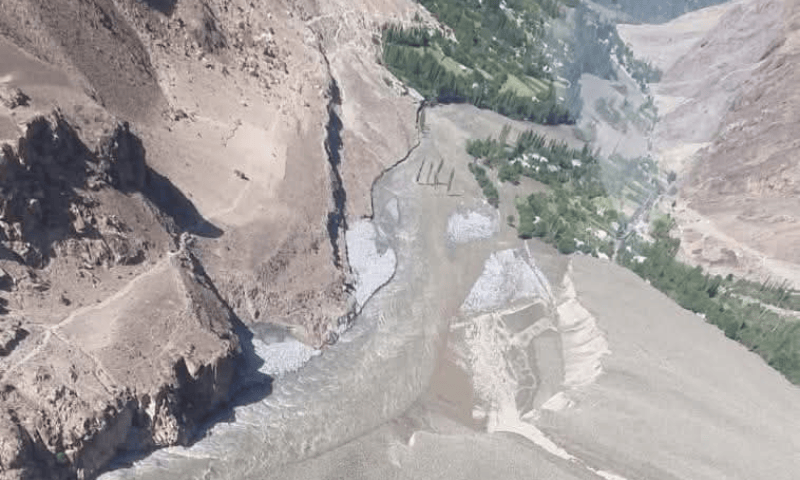
Work is also underway to restore connectivity in the flood-hit region. Authorities said traffic on the Gilgit–Shandur Road is expected to resume within 48 hours through an alternate route, while the National Highway Authority has deployed heavy machinery for permanent reconstruction. However, progress depends on soil stabilization in the affected area.
Meanwhile, fresh rains across GB have triggered fears of more GLOFs. Landslides have blocked several roads, including the Astore Valley Road, Shigar’s K2 route, and key link roads in Ghanche, Chipursan Valley, Misgar, and Ghizer. Irrigation and drinking water systems remain disrupted, further worsening the plight of displaced communities.
The Pakistan Meteorological Department (PMD) has warned of an increased risk of glacial floods, flash floods, and landslides in GB and Khyber Pakhtunkhwa amid a wet spell expected from August 23, bringing scattered rain and thunderstorms with isolated heavy showers.
Locals say the rising frequency of GLOF incidents has left communities living in constant fear. “Even light rain makes us anxious,” said Zulfiqar Ali, a resident of Gilgit. “Our region has never experienced such disasters before, and people feel increasingly uncertain about the future.”





















